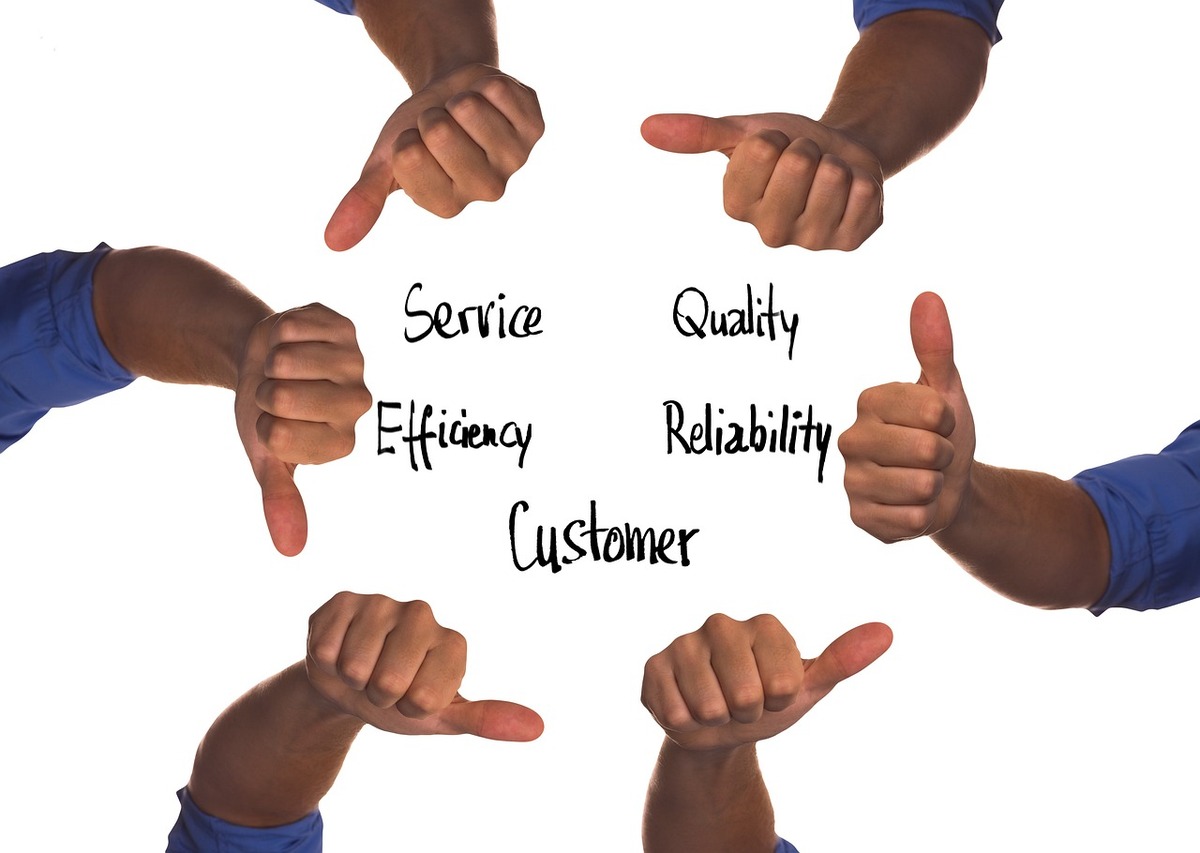
Customer Acquisition vs. Retention: Where Should Startups Focus?
Growing a startup requires more than just attracting new customers. The real challenge lies in balancing customer acquisition strategies and customer retention tactics. This is done to ensure sustainable long-term success. Many startups focus on acquiring as many customers as possible, but keeping them engaged and loyal is just as crucial—if not more so.
So, where should startup marketing priorities lie? Should you invest more in acquiring new customers or focus on retaining the ones you already have? In this guide, we’ll break down both approaches and discuss their benefits and challenges. You will also find a strategic plan to help startups find the right balance.
Understanding Customer Acquisition and Retention
What is Customer Acquisition?
Customer acquisition refers to the process of attracting new customers to your business. This is done through various marketing and sales efforts. It’s about reaching more people, getting leads, and turning potential customers into paying clients.
Key Customer Acquisition Strategies:
- Paid Advertising – Using Google Ads, Facebook Ads, and influencer marketing to drive traffic.
- Content Marketing – Creating blogs, videos, and downloadable resources to attract organic traffic.
- SEO and Social Media Marketing – Improve content for search engines. Connect with prospects on LinkedIn, Instagram, and Twitter.
- Referral Programmes – Encouraging satisfied customers to refer friends through incentives.
- Email Campaigns and Lead Magnets – Offering free e-books, webinars, or discount codes to capture leads.
What is Customer Retention?
Customer retention is about keeping your current customers happy and engaged with your brand. It ensures that once a customer has made a purchase, they continue to do so, maximising their lifetime value (LTV).
Key Customer Retention Tactics:
- Personalised Customer Support – Quick response times and effective solutions to customer inquiries.
- Loyalty and Rewards Programmes – Offering discounts, exclusive access, or cashback incentives.
- Proactive Communication – Keeping customers updated with personalised emails and special offers.
- Customer Engagement and Community Building – Build brand advocates using social media groups, forums, and content from users.
- Product Enhancements and Feedback Implementation – Continuously improving products based on customer insights.
The Case for Customer Acquisition
Why Startups Focus on Customer Acquisition
- Revenue Growth – More customers mean more sales, which is crucial for scaling a startup.
- Brand Awareness – Expanding the customer base increases brand visibility and credibility.
- Investor Attraction – Startups seeking funding need to demonstrate rapid customer growth.
- Market Validation – A growing customer base proves there’s demand for your product or service.
- Competitive Edge – Gaining customers faster than competitors establishes market dominance.
The Challenges of Customer Acquisition
- High Costs – Paid advertising and lead generation campaigns can be expensive.
- Lower Immediate Profitability – Acquired customers may not be immediately profitable due to acquisition costs.
- Competitive Market – Attracting new customers can be difficult in crowded industries.
- Risk of High Churn – If customers aren’t properly engaged, they may leave quickly.
The Case for Customer Retention
Why Startups Should Prioritise Retention
- Higher Profit Margins – Returning customers spend more, reducing reliance on costly acquisition campaigns.
- Loyalty and Brand Advocacy – Engaged customers to become brand ambassadors, providing organic growth.
- Reduced Marketing Costs – Retaining customers is significantly cheaper than acquiring new ones.
- Stronger Customer Relationships – Repeat customers trust the brand and are more likely to try new products.
- Better Predictability and Stability – A solid customer base ensures consistent revenue.
The Challenges of Customer Retention
- Ongoing Engagement Needed – Keeping customers interested requires continuous effort.
- High Expectations – Customers demand consistent product improvements and excellent service.
- Market Changes – Even satisfied customers may switch due to new competitors or pricing shifts.
Customer Acquisition vs. Retention: Striking the Right Balance

Both strategies are essential. Startups must determine the right balance based on their business model, industry, and growth stage.
When to Prioritise Customer Acquisition
- Early-Stage Startups – Businesses need to build an initial customer base before focusing on retention.
- Product or Market Expansion – Launching a new product or entering a new market requires acquisition efforts.
- Scaling Quickly – If growth numbers matter for investors or funding, acquisition is key.
- Short Sales Cycles – If your product doesn’t require long-term engagement, a focus on acquiring more customers may be best.
When to Prioritise Customer Retention
- Subscription and SaaS Models – Retention ensures recurring revenue and long-term sustainability.
- E-commerce Brands – Repeat purchases drive profitability.
- Established Startups – Once a solid customer base is acquired, retention becomes a priority.
- Competitive Industries – In markets where customer loyalty is crucial, strong retention strategies are essential.
A Balanced Approach: Combining Acquisition and Retention
For sustainable growth, startups should integrate both customer acquisition strategies and customer retention tactics into their marketing plan.
Steps to Build a Balanced Strategy
- Optimise Onboarding – A seamless onboarding experience improves retention from day one.
- Segment Customers – Identify high-value customers and create tailored marketing strategies.
- Leverage Data Analytics – Track churn rates, customer lifetime value, and acquisition costs to inform strategy.
- Encourage Referrals – Turn loyal customers into brand advocates through incentives.
- Personalise Customer Experiences – Use AI and automation to deliver relevant offers and content.
- Offer Continuous Value – Keep customers engaged with new features, updates, and exclusive content.
Case Studies: Acquisition and Retention in Action

Example 1: Netflix’s Retention-Focused Strategy
Netflix prioritises customer retention. They offer personalised recommendations, exclusive content, and seamless user experience. By focusing on engaging existing users, they minimise churn and maximise lifetime value.
Example 2: Tesla’s Customer Acquisition Success
Tesla uses viral marketing, social proof, and direct sales strategies to drive new customer acquisition. Tesla builds a strong brand and uses referral programs. This helps them attract new buyers.
Example 3: Amazon’s Balanced Approach
Amazon combines aggressive customer acquisition strategies (Prime membership incentives, advertising). They also use customer retention tactics (fast delivery, personalised recommendations, and subscription services). This hybrid approach ensures long-term success.
Customer Acquisition vs. Retention
For startups, the debate between customer acquisition vs. retention isn’t about choosing one over the other. It’s about finding the right balance. While customer acquisition fuels initial growth, customer retention ensures long-term profitability.
A successful startup should:
- Focus on acquisition when building a customer base or entering new markets.
- Shift towards retention as the business matures to maximise customer lifetime value.
- Continuously analyse and refine strategies to maintain a healthy balance.
By using a mix of both approaches, startups can scale efficiently and reduce marketing costs. They can also build a loyal customer base that fuels sustainable growth.
Looking to develop a tailored marketing strategy for your startup? Explore how our experts can help you optimise customer acquisition strategies. You can implement effective customer retention tactics for lasting success.